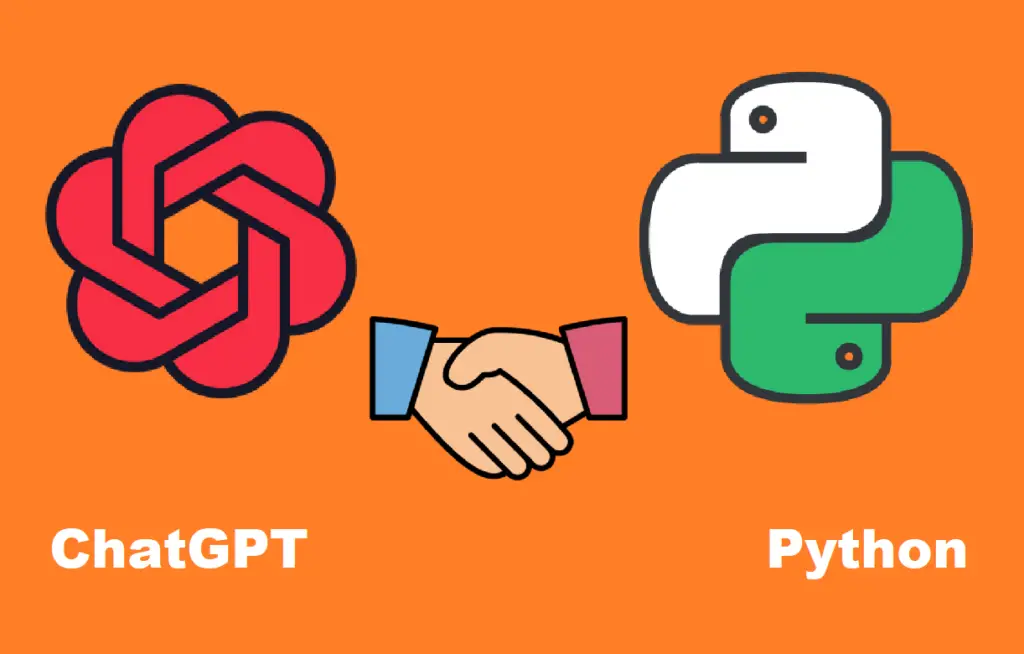
Title: Handling Multiple Exceptions in PHP - Best Practices and Key Considerations
Introduction:
Exception handling is an essential aspect of writing robust and error-free code in PHP. It allows developers to catch and handle unexpected errors and control the flow of the program gracefully. While PHP allows us to catch and handle multiple exceptions, it is crucial to adhere to best practices and consider certain key aspects to ensure efficient and maintainable code.
1. Basics of Exception Handling in PHP:
In PHP, exceptions are raised using the "throw" statement and caught using the "try...catch" block. The basic structure of a try-catch block is as follows:
```php
try {
// Code that may throw exceptions
} catch (ExceptionType1 $e) {
// Handle ExceptionType1
} catch (ExceptionType2 $e) {
// Handle ExceptionType2
} // ...
```
2. Catching Multiple Exceptions:
PHP allows catching multiple exceptions using the 'catch' block by specifying multiple exception types separated by a pipe (|) symbol. This way, you can handle different exceptions with specific code blocks. The order of catch blocks is essential; catch blocks for more specific exceptions should be placed before less specific ones.
```php
try {
// Code that may throw exceptions
} catch (ExceptionType1 | ExceptionType2 $e) {
// Handle ExceptionType1 and ExceptionType2
} // ...
```
3. Handling Different Exceptions Differently:
When catching multiple exceptions, it is often required to handle them differently based on the specific exception type. Each catch block can contain code tailored for handling a particular exception. By doing this, you ensure that appropriate actions are taken for each exceptional situation.
```php
try {
// Code that may throw exceptions
} catch (ExceptionType1 $e) {
// Handle ExceptionType1
} catch (ExceptionType2 $e) {
// Handle ExceptionType2
} // ...
```
4. Rethrowing Exceptions:
In some cases, you might want to catch an exception, perform specific handling, and then rethrow the exception for it to be caught elsewhere. To rethrow an exception, use the "throw" statement inside the catch block without specifying any exception type. This allows for propagating the exception upwards in the call stack.
```php
try {
// Code that may throw exceptions
} catch (ExceptionType1 $e) {
// Handle ExceptionType1
throw $e; // Rethrow the exception
} // ...
```
5. Best Practices:
a) Always catch exceptions starting with the most specific exception types and end with the most general ones. This helps in better handling and maintaining code readability.
b) Provide meaningful error messages or log the exceptions to help in debugging and troubleshooting.
c) Avoid excessive nesting of try-catch blocks. Keep them concise and handle exceptions at the appropriate level.
d) Use separate catch blocks for different exception types when they require distinct handling.
e) Make use of custom exception classes by extending the base Exception class for better organization and code readability.
f) Enclose only the code that may throw exceptions within the try block. Avoid catching exceptions unnecessarily.
Conclusion:
Handling multiple exceptions in PHP is crucial for building robust and error-resilient applications. By using the try-catch block and following the best practices mentioned above, developers can effectively catch and handle different exceptional situations. It is important to understand the specific requirements of your application and design exception handling accordingly. Additionally, continuous learning about new exception types and understanding how to handle them will help in improving overall code quality and maintainability.
壹涵网络我们是一家专注于网站建设、企业营销、网站关键词排名、AI内容生成、新媒体营销和短视频营销等业务的公司。我们拥有一支优秀的团队,专门致力于为客户提供优质的服务。
我们致力于为客户提供一站式的互联网营销服务,帮助客户在激烈的市场竞争中获得更大的优势和发展机会!




发表评论 取消回复